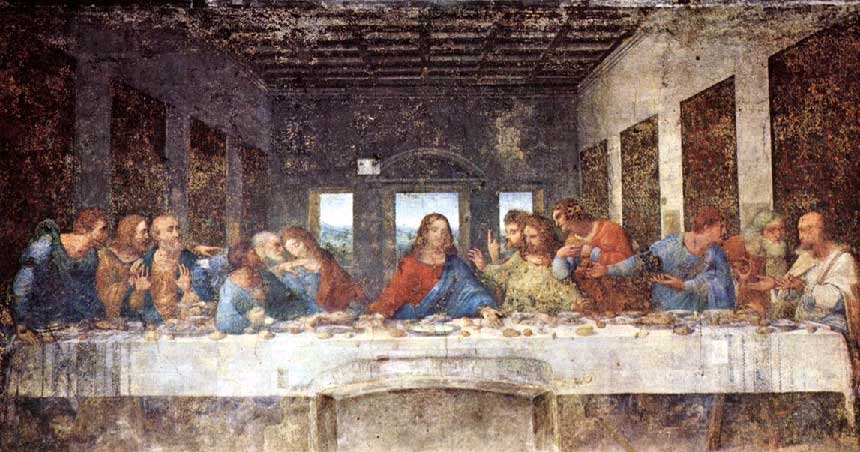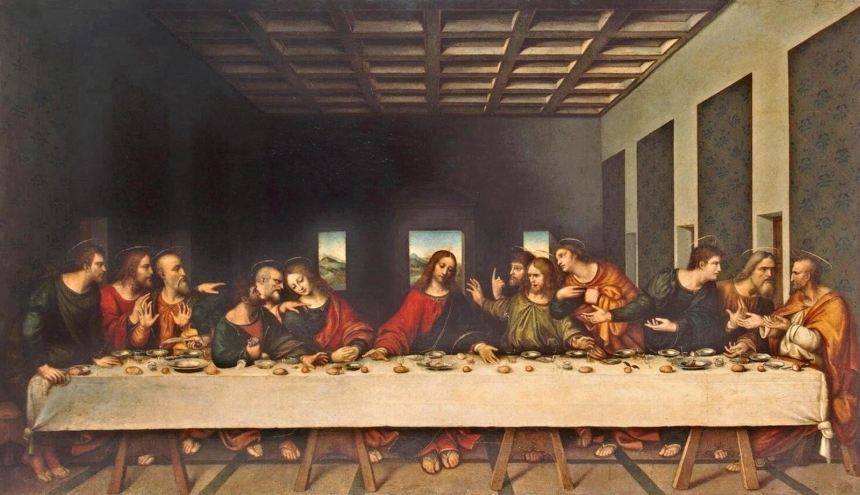Technology in Art - Art in Technology
The state of art and technology. A method for constantly bootstrapping into failure.
I made it! I am falling with the door into the house again.
Without any welcome, any introduction, any argument, just the pure conclusion.
It’s a technique.
Setting up an a prior priority anyone has agreed on. It is a bad best practice.
This may upset people. You shall not agree. You shall be convinced or not.
You shall be introduced carefully into the topic.
You should have the chance to follow and reflect the arguments.
Honestly this will not be an argumentation about art, technology and games in special.
No.
These are just some of my observations so far.
My private rather critical review on these topics.
Technique has commonly a significant shorter lifetime span compared to an art work.
Technique evolves which causes older techniques to become marginalized.
Technique becomes obsolete in many ways. We know about build in obsolescence,
which means a technical item will be broken in the future for one or another reason.
A technical item is basically a transport vehicle of functionality.
This item is an product.
An art work on the other hand is build of content in whatever from:
lyric, expressive, colourful, noisy, emphatic, spiritual, text, voice, dance, constructive …
or vice versa. For the art work it does not matter to be art,
which technique or media has been used during the production.
Technology in Art
Art has it’s very own techniques, for sculpture, painting, music, writing or architecture etc. If we see obsolescence as a failure, because the work is not able to transport its means, because it simply vanished away, we should remember an art work is sometimes only meant to be temporarily available. Like music in a concert for instance.
I talk about art meant for long life existence like a temple.
A building over the time, a setting for ages.
Case Study Alexander Calder
The plain mobiles are mechanics powered by wind or hand and
those dynamic images or mobiles driven by electronic motors.
The more ‘unnatural’ the power resource is the more likely the implemented system fails.
Some observations during the A.Calder Exhibition in the Tate Modern.
In the beginning of the exhibition simple one shape hanging on one ribbon mobiles were
very mobile, easy to move by the soft ventilation of the rooms and the moving by visitors.
Later the ribbons winded up and went stiff, so the mobility of the mobiles was preforming
in a very limited range compared to the beginning. This is an easy to fix technical
issue, curators could have unwind the ribbons again.
The electrified images, maquettes and sculptures had only presented in there movements by film or went completely out of performance, like some hand-driven sculptures in the SFMoMa. The (electric) technique is rotten or not permanently to perform for conservation reasons. What the observer sees is archive material with the still sculpture, a document of itself, the fragment of an idea.
Case Studies
1. Leonardo Da Vinci
2. Michelangelo Buonarroti
3. Auguste Rodin
1. Leonardo da Vinci
| the last supper | how we do remember ‘The Last Supper’ a 16th century copy |
 |
 |
2. Michelangelo Buonarroti
The Slaves - espacially the Accademia Slaves/Prisoners
3. Auguste Rodin
The infinite unfinished work of the “Hell Gate” Modular and open concept - in between ‘finished’ state(s) - 3 versions. Story telling in ‘narration’ space. Repetitive, reused figures, modular composition -> Jean Hans Arp: “[Composition/Constellation] According to the Laws of Chance”. Narrative - the structure - space. Erased figures white outer and inner structures + the 3 modular figure(s) on top.
Art in Technology
Design (for industry), games, …?
Movie: “The Horse’s Mouth” by Alec Guinness / Joyce Cary (novel)
Gulley Jimson
aka Sir Alec Guinness, CH, CBE (born Alec Guinness de Cuffe; 2 April 1914 – 5 August 2000) aka
John Randall Bratby RA (19 July 1928 – 20 July 1992) kitchen sink realism Neo Realism
Final scene, where the mural get’s destroyed to make the movie, which is a (conserve-)can and a temporary experience.
Technology that is Art
Also know as games.
“Adventure” a text based interactive fiction game
“Loom” a graphical music involving adventure game
Simplicity is the best to master and ensures a long live of consumption.
But not every game is art, as those games are consumer Kitsch or worse, violent ‘Hero Journeys’, like that of Achill, the prototype Hero. Theseus, Jason, Odysseus may succeed in the end, but being tragic figures they never wanted to last for eternity in the first run, chosen love over hate, struggled and lost a lot.
Auto Destructive Art
Navigation In the Age of Digital Production Art Work in the Age of Beschaulichkeit